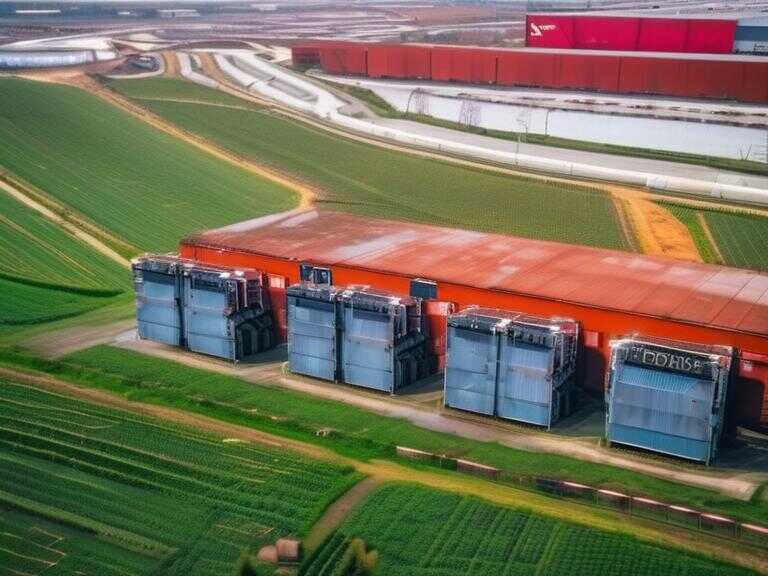
Mexico City Faces Severe Water Crisis as Reservoirs Dry Up, Prompting Public Outcry
Severe drought in central Mexico leads to water shortage, emptying reservoir, contaminated water in Mexico City, and fires in drainage system.

Central Mexico is currently facing a severe drought, prompting water authorities to make critical decisions to address the crisis. The Valle de Bravo reservoir, located approximately two hours west of Mexico City, is experiencing a rapid decline in water levels, adversely impacting the upscale lakeside community residing there. As a result, the region's water commission has taken significant actions to mitigate the situation.
Citlalli Peraza, the regional official for the National Water Commission, announced on Tuesday, April 9th, that water authorities have ceased taking water from the Valle de Bravo reservoir due to its plummeting levels. Instead, they have opted to redirect the water supply for Mexico City from the El Bosque reservoir, which is less populated and situated a short distance further from the capital. However, the El Bosque reservoir is only slightly more than half full at present.
Contaminated Water Concerns
Simultaneously, residents of Mexico City have raised complaints about receiving tainted or polluted water. Inhabitants of an affluent neighborhood in the capital staged a protest, citing an unpleasant odor of oil or gasoline emanating from the water supply. Furthermore, other city residents have reported an increase in cloudiness and foul odors in the water received, correlating with the decreasing levels of the reservoir.
Meanwhile, residents of Valle de Bravo have expressed discontent over their reservoir being depleted, alleging that Mexico City's failure to repair broken pipelines has led to excessive water wastage. This has contributed to the continuous draining of the reservoir, exacerbating the situation for the local populace.
Impact of Decreased Rainfall
The National Water Commission disclosed that Mexico has encountered a 29.6% reduction in nationwide rainfall compared to the average yearly precipitation. This significant decline in rainfall has further compounded the existing water crisis, necessitating alternative measures to meet the escalating demand for water.
Consequences of the water shortage have manifested in unexpected ways, with tanker trucks increasingly delivering water to middle and upper-middle-class neighborhoods in Mexico City, highlighting the unequal distribution of water resources. Moreover, fires have emerged in unusual locations, such as a massive storm drain in the capital, which caught fire due to the accumulation of waste gases within the underground conduit. Similarly, a rainwater catchment basin in March had caught fire, scorching 75 acres of dried vegetation, underscoring the severity of the drought's impact on the region.
Environmental Changes in Drainage System
The diminished water flow through the drainage system has led to the stagnation of sewage, allowing gases to accumulate and subsequently ignite, causing fires in unexpected locations. The city's rainwater catchment basins, typically lush green from previous rains, have dried up, reflecting the significant reduction in water levels that has disrupted the ecological balance of the region.
In light of these challenges, addressing the water crisis in central Mexico remains a critical priority to ensure the well-being of the affected populations and mitigate the far-reaching consequences of the drought.
Share news















